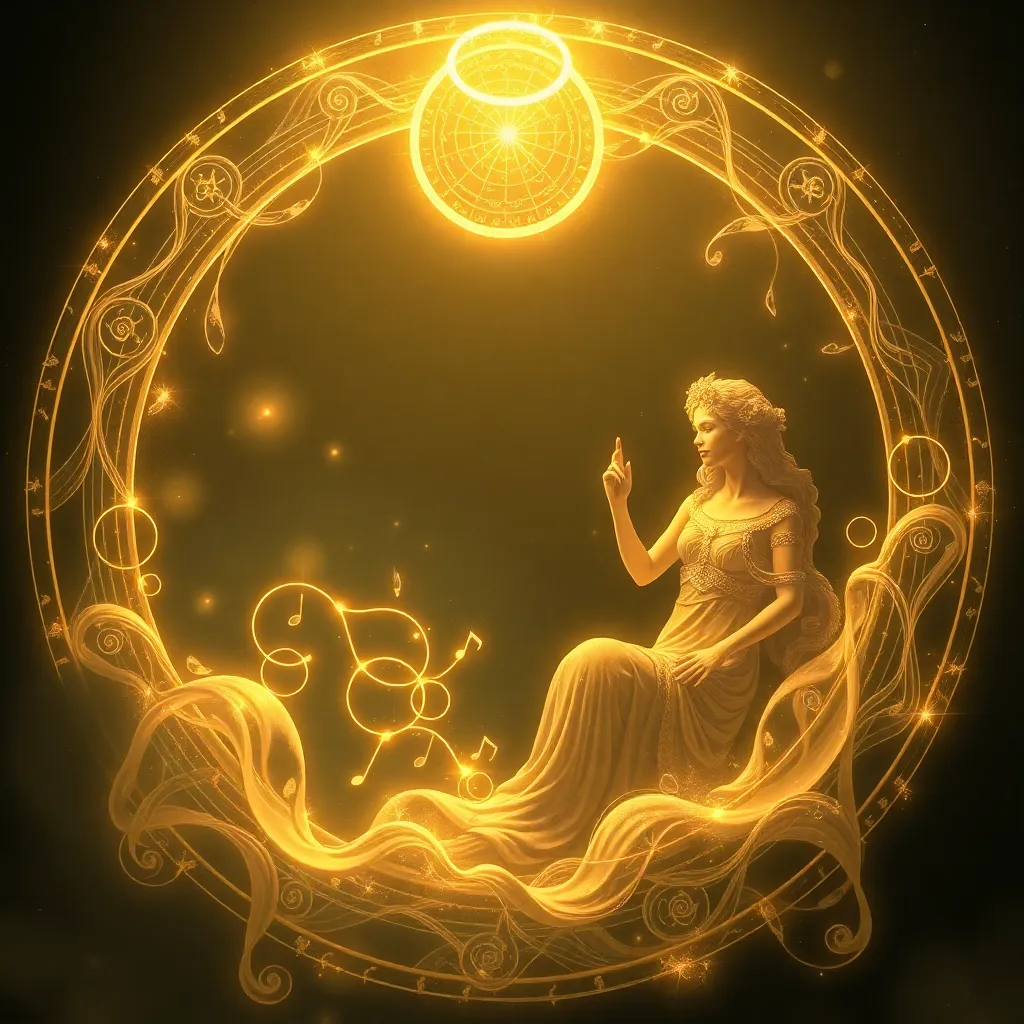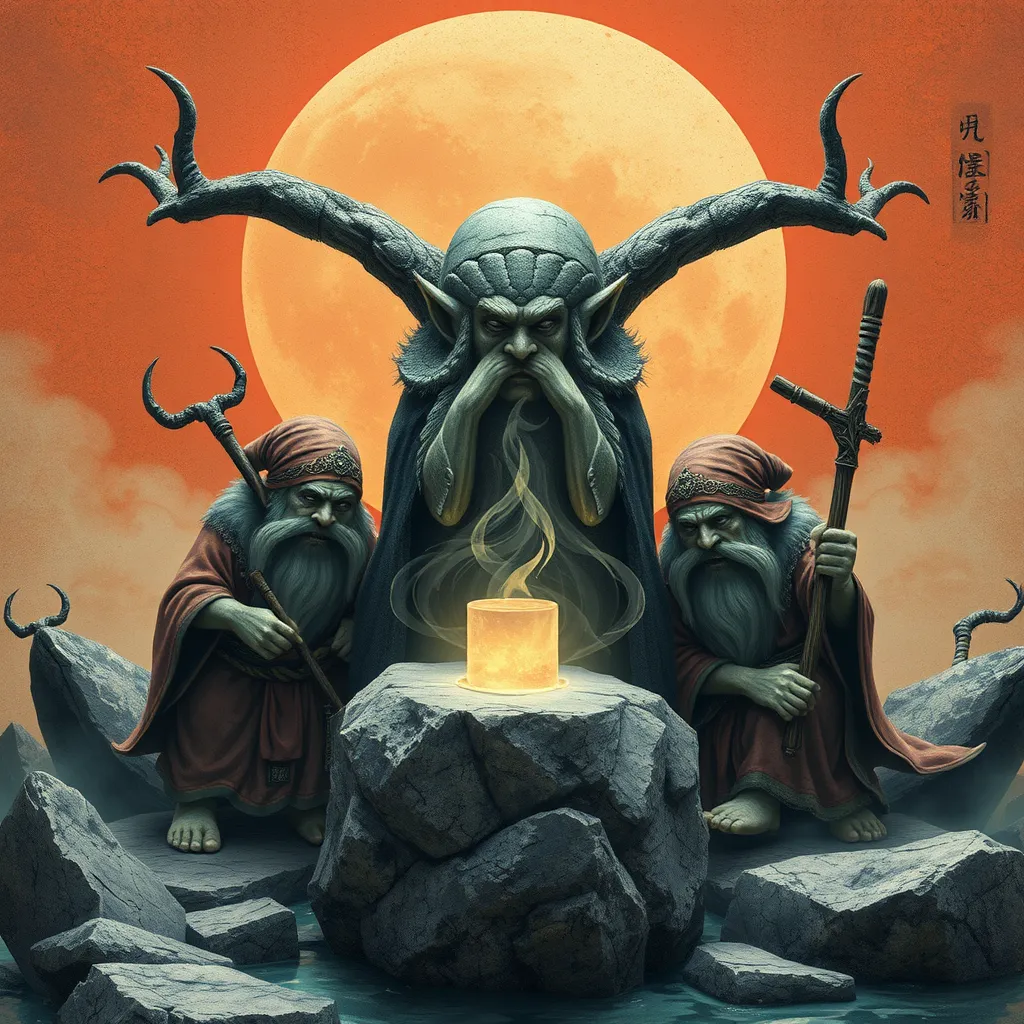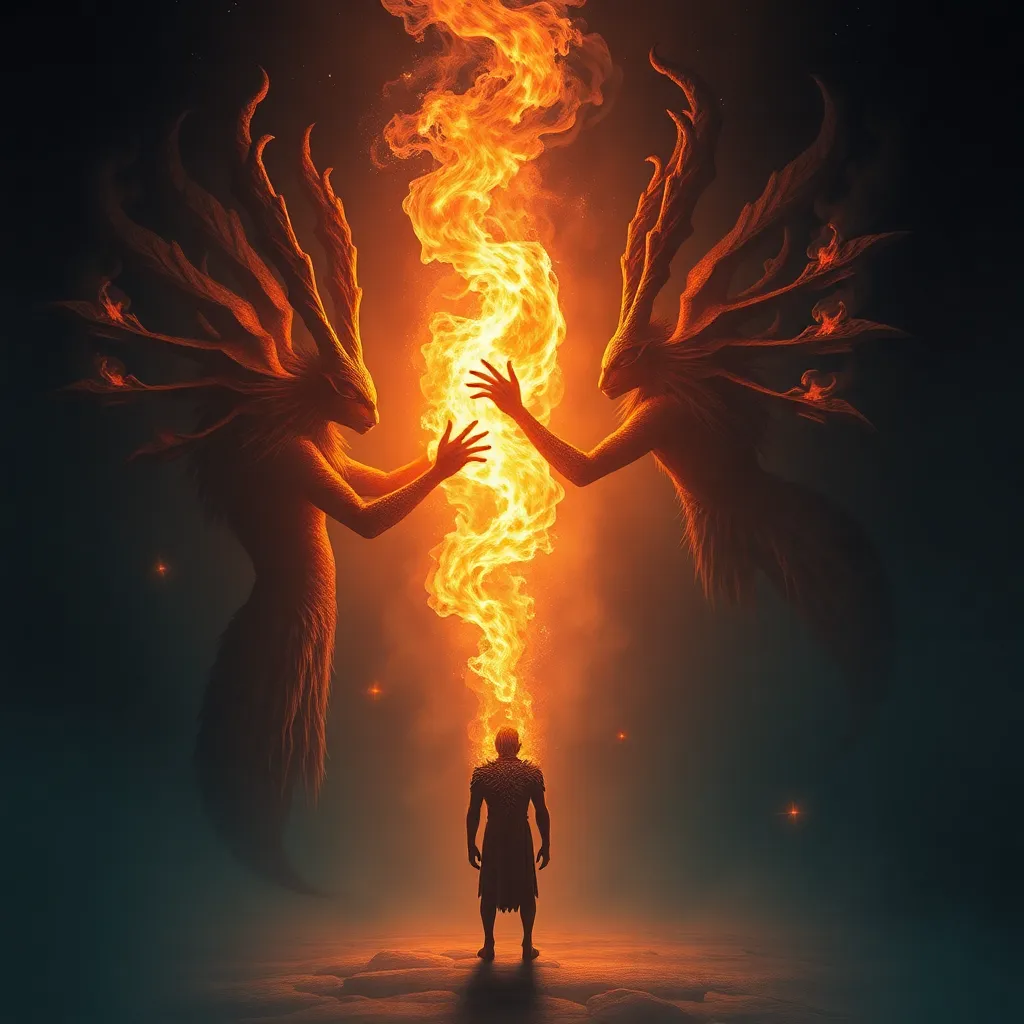Lamia’s Song: Exploring the Role of Music and Song in Her Legend
I. Introduction
The legend of Lamia has captivated audiences for centuries, weaving a tale of beauty, tragedy, and transformation in the realm of mythology. Lamia, a figure originating from ancient Greek mythology, embodies the complexities of love, loss, and revenge. Her story is not merely one of horror; it also illustrates the profound influence of music and song in storytelling. This article aims to explore the role of music in Lamia’s narrative, examining how it enhances her legend and adds layers to her character.
II. The Myth of Lamia: A Brief Overview
The myth of Lamia has various origins and interpretations, but a common thread runs through her story. Initially, Lamia was a beautiful queen of Libya, beloved by Zeus. However, her life took a tragic turn when Hera, Zeus’s wife, discovered their affair and punished Lamia by killing her children. In her grief and rage, Lamia transformed into a monster who preyed on the children of others, embodying themes of loss, vengeance, and the monstrous maternal figure.
Key themes and motifs in Lamia’s story include:
- Transformation: From a revered queen to a cursed monster.
- Grief and Loss: The impact of losing her children drives her to madness.
- Revenge: Her monstrous actions are fueled by a desire for revenge against her enemies.
The transformation of Lamia from a queen to a monster serves as a powerful metaphor for how personal tragedy can lead to a loss of humanity, making her a complex figure in mythological narratives.
III. The Power of Music in Mythology
Music has played a vital role in ancient cultures, serving not only as entertainment but also as a means of communication, storytelling, and ritual. In mythology, music often carries symbolic meanings, acting as a bridge between the divine and the mortal realms.
The symbolic meanings of music in mythology can include:
- Connection to the Divine: Music is often seen as a way to communicate with gods and spirits.
- Emotional Expression: Songs convey deep emotions and human experiences.
- Narrative Device: Music can advance the plot and deepen character development.
In the case of Lamia, music serves as a narrative device that reflects her inner turmoil and the tragic beauty of her story. Her song encapsulates her sorrow and longing, making it an integral part of her legend.
IV. Lamia’s Song: Interpretation and Significance
Lamia’s song is a poignant reflection of her tragic fate. The lyrics often convey themes of lost love, despair, and the desire for redemption. Analyzing Lamia’s song reveals the emotional resonance it has, not only with her character but also with the audience.
The emotional impact of her song can be interpreted through various lenses:
- Longing for the Past: Lamia’s song often echoes her desire to return to her former life.
- Expression of Pain: The lyrics articulate the profound sorrow of losing her children.
- Reflection of Identity: Her song reveals her struggle between her past identity as a queen and her current monstrous form.
Ultimately, Lamia’s song becomes a powerful symbol of her tragic fate, capturing the essence of her story and allowing listeners to empathize with her plight.
V. Music as a Tool for Manipulation and Seduction
In addition to its emotional depth, music in Lamia’s narrative also plays a role in her seduction of men. Lamia uses her enchanting song to lure unsuspecting victims, showcasing the darker aspects of her character.
This theme of seduction through song can be compared to other mythological figures, such as:
- Siren: The Sirens used their beautiful voices to lure sailors to their doom.
- Orpheus: His music had the power to charm even the hardest of hearts.
Yet, Lamia’s use of music is tinged with tragedy, as her seductive powers are intertwined with her monstrous nature. This duality adds complexity to her character, illustrating how music can be both a tool for beauty and a means of manipulation.
VI. Cultural Representations of Lamia’s Song
Throughout history, Lamia’s song has inspired various artistic interpretations across multiple mediums. Poets and artists have sought to capture the essence of her character and the haunting beauty of her song.
Modern adaptations often explore Lamia’s song through:
- Literature: Writers reinterpret her story, focusing on themes of empowerment and tragedy.
- Visual Arts: Artists depict her in various forms, emphasizing the contrast between her beauty and monstrosity.
- Music: Contemporary musicians draw inspiration from her story, creating songs that resonate with themes of loss and longing.
The influence of Lamia’s song can be seen in contemporary music and literature, where her character continues to inspire new narratives that explore similar themes of love, loss, and transformation.
VII. The Legacy of Lamia’s Song in Popular Culture
The legacy of Lamia’s song persists in modern culture, appearing in films, literature, and music. Her character has been reinterpreted in various ways, reflecting the ongoing relevance of her story.
Examples of Lamia’s legacy include:
- Films: Movies that portray her as a tragic figure rather than a mere monster.
- Literature: Novels that delve into her psyche, exploring themes of revenge and redemption.
- Music: Songs that capture the haunting beauty of her narrative and the complexities of her character.
Lamia’s character and her song continue to inspire new narratives, highlighting the timeless nature of her story and its universal themes.
VIII. Conclusion
In summary, the exploration of music in Lamia’s legend reveals its profound significance in shaping her narrative. Through song, Lamia’s character is brought to life, illustrating the enduring power of music in mythology. Her tragic fate, intertwined with her song, resonates across cultures and time periods, reinforcing the idea that music is a vital aspect of human experience. The legacy of Lamia’s song reminds us of the complexities of love, loss, and the duality of beauty and horror that continue to inspire contemporary culture.




